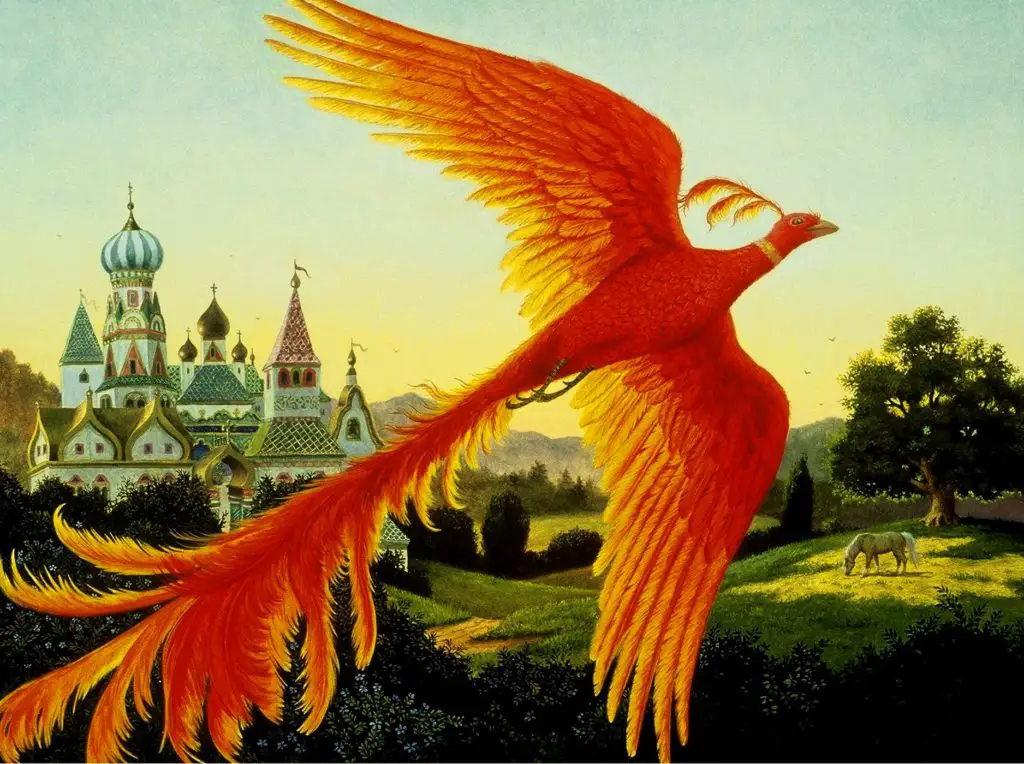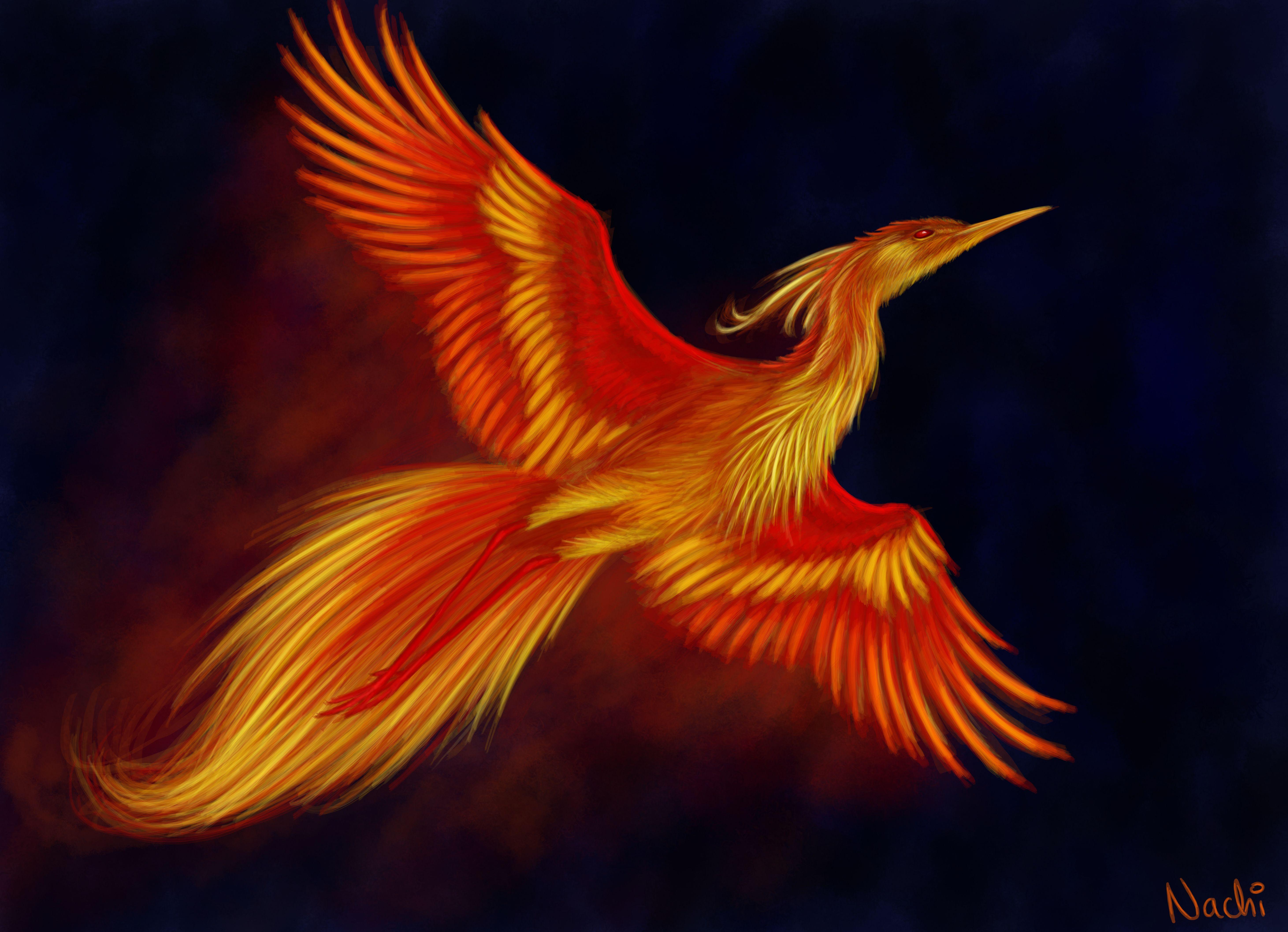

According to Attar, the Qaf Peak is the world's highest and most challenging peak, and reaching that peak is hard and exhausting.Īccording to Ferdowsi's Shahnameh, Simorgh's residence was in the heart of Alborz mountain.

It is why the Simurgh symbolism is respectful to Iranian people, who use it to teach life lessons to their children.Īccording to Attar, Simurgg's residence is on the top of a mountain called Qaf - although there is no mountain with this name on the geographical maps of the Earth. When they reached the Qaf, they understood that the Simurgh was nothing but their unity.įrom the Simurg mythical bird story, we can conclude that humankind can overcome all challenges and reach the peak of success with unity and persistence. At the end of the journey, there were only thirty birds, each representing a feature of humanity, such as love, joy, kindness, etc. The course contained seven challenging stages in which several birds got tired or deceived by some cheap delights, so they left the course. So, they started a journey to find the leader bird Simurgh. One professed that the bird leader already exists in the Qaf Peak. Once upon a time, a conference of the birds gathered together to decide on a leader for their community. Simurgh's story is a great literary masterpiece with numerous moral lessons. Therefore, Simorgh, or Persian Phoenix, was known as a mythological bird among Iranians from the distant past. The symbols of Simorgh are even found in the oldest collection of writings and songs of Zoroastrians, which dates back to 648 years before Christ. To keep the Persian language alive, He wrote the Shahnameh.Īncient artifacts from archaeological excavations, such as Persian miniature paintings, show that Simurgh is intertwined with the history of ancient Iran. The Great Ferdowsi was not responsible for creating Simurgh, too, since he used to add his own stories to the myths already alive among the people. Many people believe Attar Neishaburi created the mythical bird Simurgh in the Manteqolteyr however, Simorgh plays a vital role in Ferdowsi's Shahnameh, written centuries before the Manteqolteyr of Attar. According to the "Manteqolteyr" book by Attar Neishaburi, a great Iranian poet and mystic, Simurgh Persian consists of 30 united birds, each of whom represents a feature of the human being. The word "Simurgh" is made up of two Persian words, "Si" means 30, and "Murgh", "morgh", or "murg" means bird. So the Simurgh bird or Phoenix lives in fairy tails and does not exist physically.

It means that there is a mythology about an extraordinary creature in some cultures among people with magical stories about it. So in the following, we describe Simurgh, known as Persian Phoenix, and its features.ĭo phoenix birds exist? As mentioned before, the Phoenix bird is a mythical bird. Still, now you know the differences between the Phoenix mythology and Simurg. It is customary worldwide to know these two birds as one mythical flying creature with only different names in different languages. The next difference between the Phoenix bird and Simurg is that Phoenix always has fiery feathers on its wings, and Simurgh doesn't.ĭespite all these interpretations, the Persian word "Simorgh" is translated into Phoenix in Latin. Another apparent difference between Simorgh and Phoenix bird is that Simorgh's feathers have thousands of colors, but Phoenix doesn't. The size and strength of Simorgh are so great that according to legends if Simurgh opens its wings, its wingspan is as wide as a mountain. Simurgh and Phoenix birds are very similar in appearance, but they also have differences.Īccording to ancient Persian artworks and literature, the most notable difference between the bird Phoenix and Simorgh is their size Phoenix is a significant and robust winged creature, while Simorgh has an exaggerated grandeur. Still, Phoenix is a legendary Greek mythical flying creature, and Simorgh is a legendary Persian bird. Today, many people know Simurgh and Phoenix birds as the same birds.

In this article, we will learn more about this legendary winged creature. In Iran and the neighboring countries of Iran, which in the distant past were a part of the great Iran land, there are many historical, artistic, and cultural works with the symbol of Simurgh. Simorgh symbolizes strength and beauty in Iran and the world because of its unique features. This bird is called Simorgh, Simurg, or Persian Phoenix bird. Simurgh is the name of a mythical bird of ancient Iran.


 0 kommentar(er)
0 kommentar(er)
